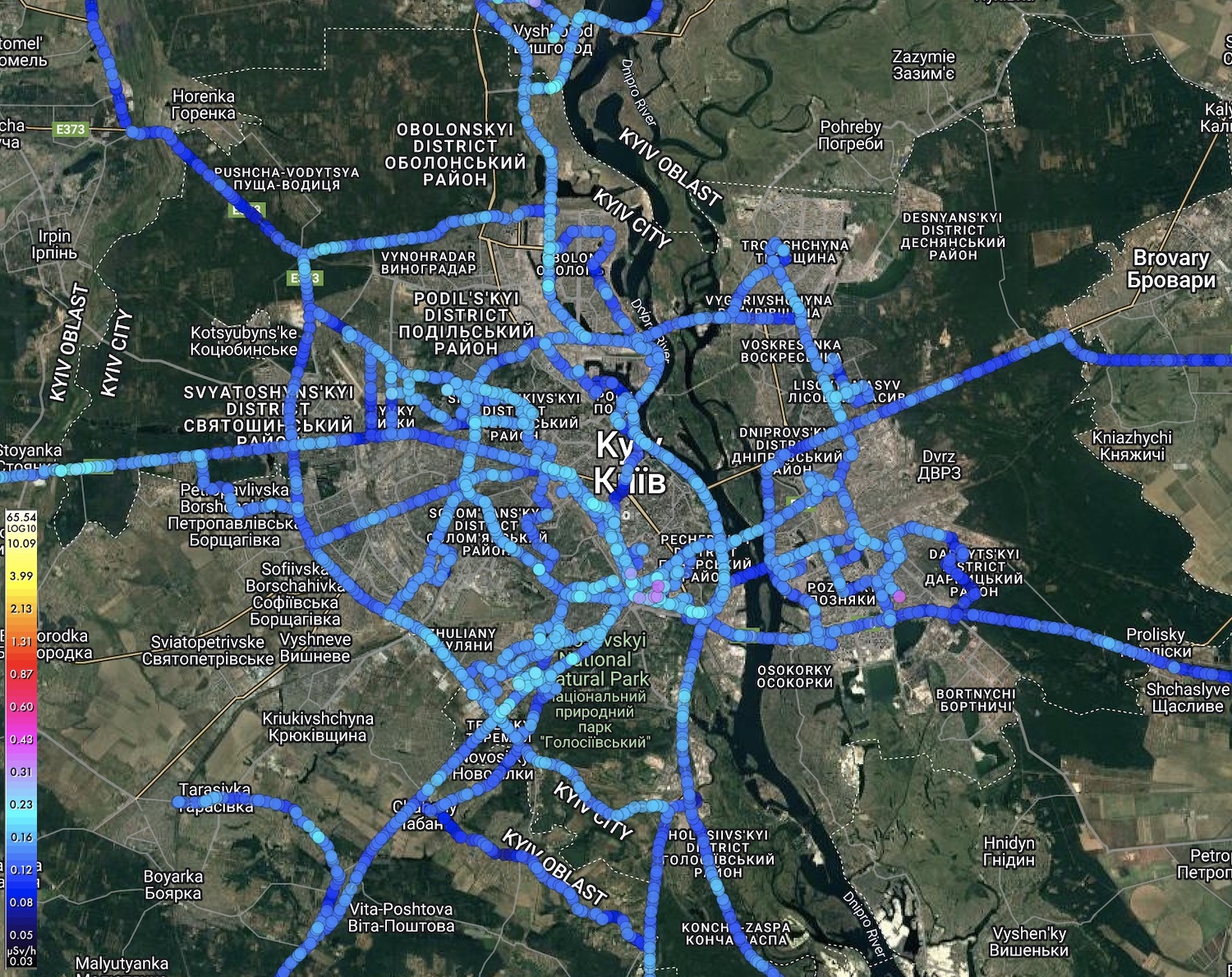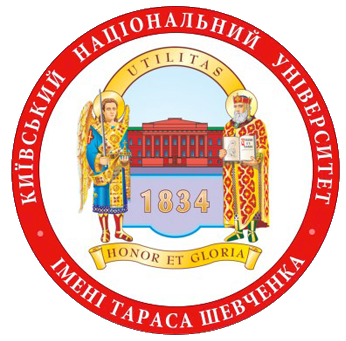
In a little over three months, the #bgeigies4ukraine project has accumulated more than 300,000 new radiation data points in Ukraine. We are proud of this notable achievement. The entire dataset can be examined on our map here.

As we explained last July when we announced the project publicly, Safecast began to assemble a highly motivated international team shortly after the start of the unprovoked and brutal Russian invasion of Ukraine in February, 2022, to provide bGeigies to volunteers there in order to assemble a new, open, post-invasion radiation dataset. Project members have been regularly and consistently gathering data using bGeigies in Ukraine since May. Environmental radiation specialists on the team have provided a considerable amount of new data from inside the Chornobyl Exclusion Zone (CEZ), including in the Red Forest. Several major cities are also now well-surveyed, and we have representative data from many other important towns and major connecting roads. While we have obtained data from the town of Zaporizhzhia, about 50 km northeast of the Zaporizhzhia Nuclear Power Plant — a site of acute global concern — we do not yet have data from close to the power plant itself. Nor do we have data from areas under constant bombardment in the eastern and southern parts of the country. The safety of our volunteers is of primary importance, and we discourage them from incurring unnecessary personal risk for the sake of data gathering. That said, we anticipate that the geographic coverage of Ukraine on our map will gradually expand as formerly inaccessible areas become safer to visit.

It’s worth reminding readers that this is not realtime data, but mobile radiation mapping data that shows what was measured at specific locations at specific times. It is intended to serve as baseline data against which later measurements can be compared, particularly in the event of a notable radiation release. Providing realtime data for Ukraine is next on our list, however. Safecast was able to build a large independent network of realtime radiation sensors which we deployed in Fukushima and elsewhere, and we have been testing a new, more capable stand-alone sensor model developed in conjunction with BluesWireless called the Radnote. The system is almost ready to go, and we expect to begin streaming useful independent and open public radiation data from Radnotes in Ukraine soon.
All of the credit for the success of #bgeigies4ukraine is due to our project partners: the Czech National Radiation Protection Institute (SURO) , SaveDnipro, and the Chornobyl Radiation and Ecological Biosphere Reserve. We’d like to publicly welcome a new partnering institution as well, the Astronomy and Space Physics Department, Faculty of Physics, at Taras Shevchenko National University of Kyiv. Researchers there have been monitoring radiation in Chornobyl for many years, and have contributed extremely valuable data to #bgeigies4ukraine.
This huge quantity of essential data is being gathered in Ukraine by a handful of dedicated people working independently. None of us in Tokyo have met any of them in person. This is amazing when you think of it, and the smoothness with which we’ve been able to coordinate the data flow even under extremely adverse wartime conditions is another reason why it’s hard to find a better or more important realization of Safecast’s vision, and the power of open data, than #bgeigies4ukraine.




Participating organizations:

Czech National Radiation Protection Institute (SÚRO)


Chornobyl Radiation Ecological Biosphere Reserve

